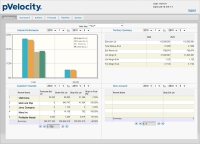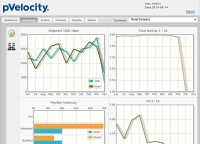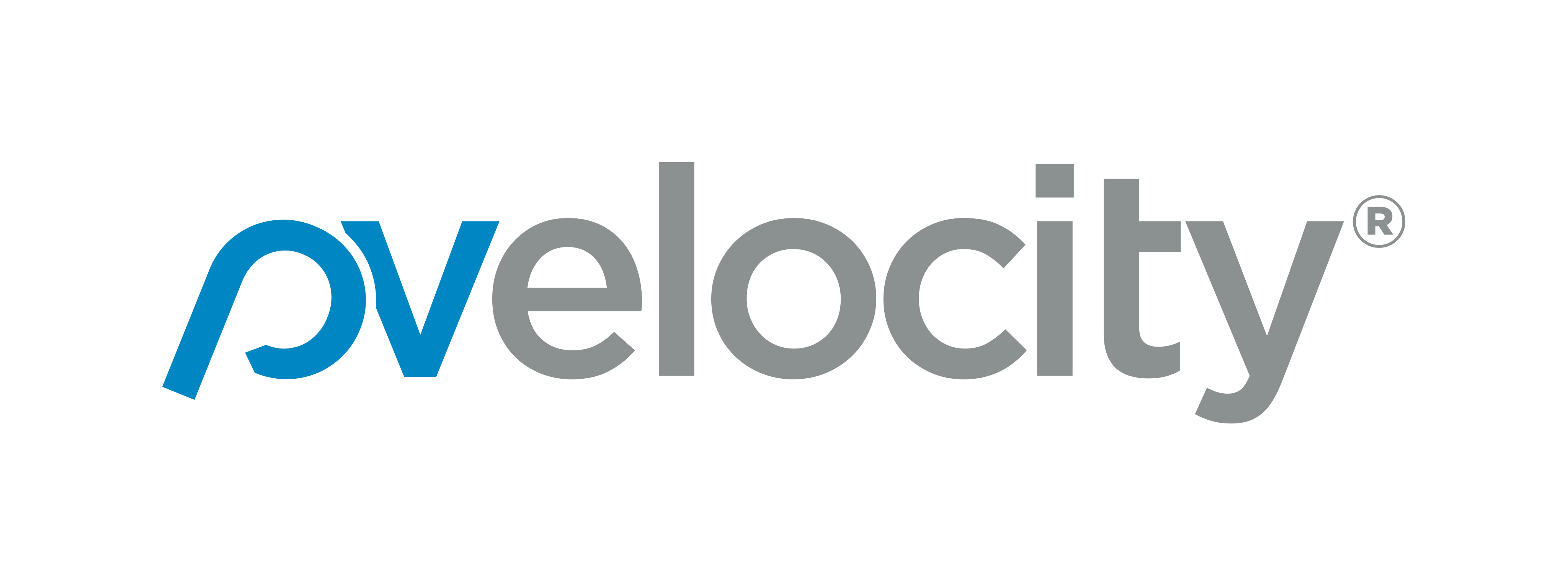When Processing Costs Change, What's the Effect on
Your Customer and Product Margins?
pVelocity Profitability & Cost Simulation Software
To achieve optimum profitability, your pricing model must reflect your true cost to serve. In a volatile economic climate, frequent fluctuations in variable costs like raw materials, energy or packaging can have a dramatic effect on your margin mix. But it's too late to start calculating their impact at the point of change. Excellent performance depends on fast, smart, informed reactions and decisions.
By analyzing customer and product profitability in advance, you'll know what needs to happen to pricing as soon as your processing costs change, By viewing the information from the perspective of your role in the organization, you'll have the insight you need to target your actions.
Visibility, Analysis, Simulation and Workflows
Whether you're responsible for Production & Supply Chain, Sales & Marketing, Product Management or Corporate, pVelocity's out-of-the-box software gives you the accurate, detailed insight you need to drive customer, product and asset performance.
You can use pVelocity's Profit Analyzer and Cost Simulator to examine the projected effects of changes to price, volume, asset usage, product recipes or production schedules. What differentiates pVelocity's software, however, is its unique capability to examine the effect of cost changes from every angle. While other software solutions focus on price, pVelocity is the only solution to facilitate advanced, detailed cost simulations, all the way down to the bill of materials.
With Dashboards that enable you to drill for the information that interests you, and Scorecards that serve the information the way you like to see it, pVelocity's Profitability & Cost Simulator gives you immediate control over business efficiencies:
 |
 |
| Click to enlarge. | Click to enlarge. |
pVelocity Software
Why BI Systems and Spreadsheets Don't Support
Effective Simulations
Business Intelligence applications monitor past performance, and lack the reporting capabilities to model scenario changes. Often requiring IT involvement, these operationally focused tools and technologies are not flexible enough to make informed, competitive business decisions in response to volatile economic conditions.
As a result, many business managers have developed their own solutions. The most commonly used tool is the spreadsheet. Applied in many different ways from one department to another, these documents quickly become unmanageable and out of date, often contain significant errors and don't encourage effective information sharing and collaboration.





